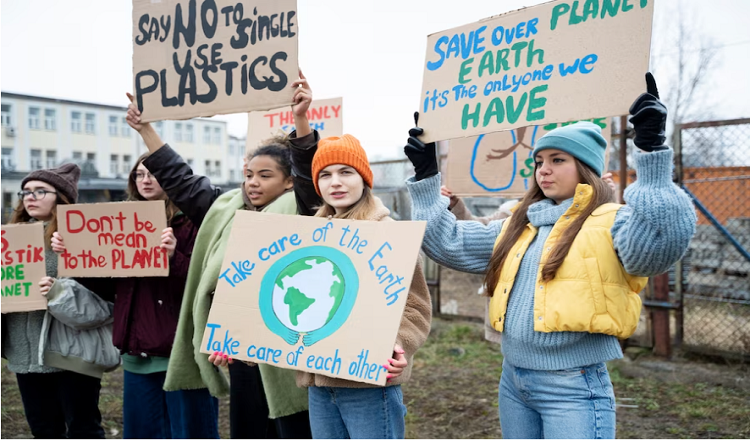A Deep Dive into Environment America Fellowship Program: Empowering Environmental Leaders
Introduction
Environment America’s Fellowship Program stands as a beacon of hope for recent college graduates passionate about environmental conservation and activism. Offering a unique blend of hands-on experience and comprehensive training, this program equips individuals with the tools and knowledge necessary to become leaders in the environmental movement. In this article, we delve into the core elements of the Fellowship Program, exploring its structure, objectives, and impact.
Overview of Environment America’s Fellowship Program
The Fellowship Program serves as a launchpad for aspiring environmental leaders, providing them with the opportunity to make an immediate impact while honing their skills and expertise. Designed for recent college graduates, the program emphasizes three main pillars: developing expertise on critical environmental issues, implementing strategies for positive policy change, and engaging in grassroots political action.
Key Program Components
Comprehensive Training: Fellows embark on a journey of learning and growth, starting with 10 days of paid initial training in mid-August. Throughout the program, additional training sessions cover a range of topics, including lectures, discussions, role-plays, and hands-on experience. Experienced staff members guide fellows, offering mentorship and feedback to enhance their skills.
Hands-On Experience: Fellows dive into the heart of environmental advocacy, participating in a variety of activities such as coalition meetings, lobbying lawmakers, organizing town hall meetings, and running grassroots campaigns. This hands-on approach allows fellows to apply their knowledge in real-world scenarios, making a tangible difference in their communities.
Nationwide Placement: Environment America hires fellows nationwide and places them in offices across the country. During the hiring process, fellows have the opportunity to express preferences for specific locations. Final placement, including location and position details, is determined during the August training in Boston.
Impactful Program Areas
Environment America focuses its advocacy efforts on three main program areas:
Conservation: Advocating for the preservation of natural spaces, wildlife, and resources. The organization has achieved significant milestones in increasing protections for open spaces, wildlife habitats, and national parks.
Clean Water and Air: Taking concrete actions to improve water and air quality, including holding polluters accountable and mobilizing local citizens as advocates for clean waterways.
Global Warming: Prioritizing initiatives to address climate change, promoting clean energy adoption, and advocating for sustainable practices such as zero-deforestation and transitioning to electric vehicles.
Commitment to Environmental Preservation
At the core of Environment America’s mission lies a dedication to environmental preservation and activism. The organization prioritizes tangible results over rhetoric, employing a multi-faceted advocacy approach that collaborates with bipartisan elected officials and seeks broad support for environmental action.
Conclusion
Environment America’s Fellowship Program stands as a testament to the power of grassroots activism in tackling the profound challenge of protecting our planet. By providing recent college graduates with the tools, training, and experience they need to become leaders in the environmental movement, the program empowers individuals to make a meaningful difference in their communities and beyond. As we continue to face pressing environmental issues, initiatives like the Fellowship Program offer hope for a cleaner, greener future.
Read More You May Like:














Post Comment